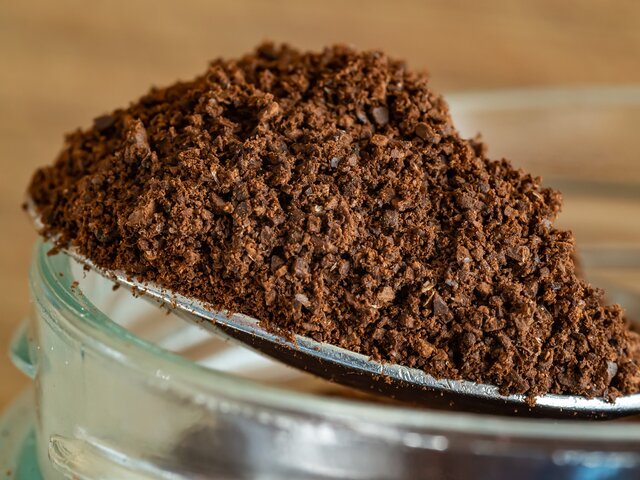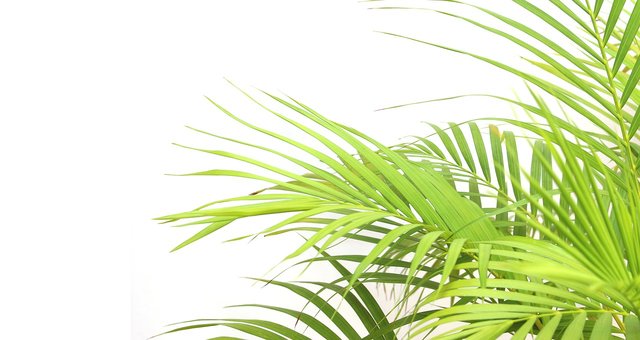How Long Do Roses Last? The Answer Here…
Perhaps someone gave you a bouquet of roses, and you wondered how long they would last. You want your roses to last as long as possible, and we’ll show you how to make them last longer. How long do roses last? On average, roses last one to one-and-a-half weeks after being cut. To lengthen the … Read more





